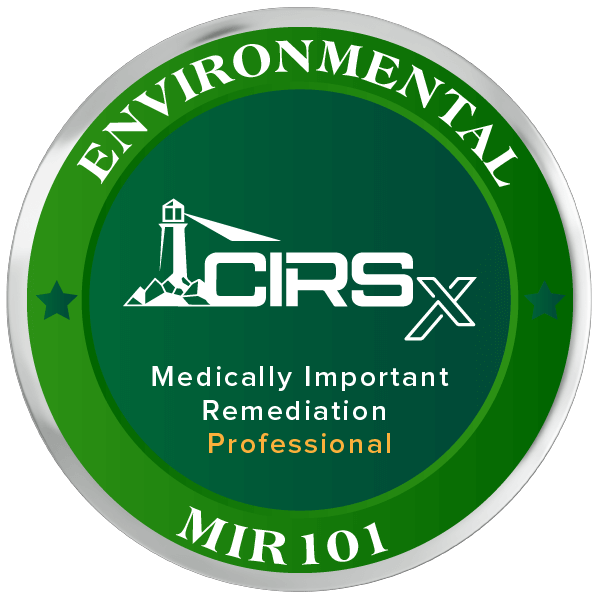Decontamination
Decontamination or Risk Reduction?
For many years, Building Forensics has been the only company in the UK offering data-driven, medically sound risk reduction and decontamination solutions. The process has been approved and accepted by leading US healthcare professionals specifically for mould illness and CIRS
We provide tailored solutions to address your health needs while balancing costs and expectations. By understanding your specific health concerns and vulnerabilities, we determine the most effective level of remediation to deliver the best results within your budget.
With so many options available, choosing the right solution can be overwhelming. That’s why we offer free, no-obligation guidance—fill in the form below for more information
Why Are There So Many Options?
Individuals have varying sensitivities, requiring different remediation standards:
- General Population: Standard remediation follows regulatory guidelines and industry best practices to restore the environment to safe conditions. These measures typically reduce contaminants to levels unlikely to cause health issues for most people.
- Sensitive Individuals: Stricter standards are required for environments housing vulnerable individuals, such as hospitals, schools, and homes with residents who have respiratory conditions or immune deficiencies. This includes young children (under five), older adults (over 65), and the 20% of people with genetic susceptibilities to environmental contaminants.
At Building Forensics, we go beyond standard requirements to minimize contamination and safeguard those most at risk.
Low cost risk reduction
Industry standard decontamination
Medically sound decontamination high cost
Chemically sensitised clients low cost
Removes respiratory risks and hazards of mould low cost





